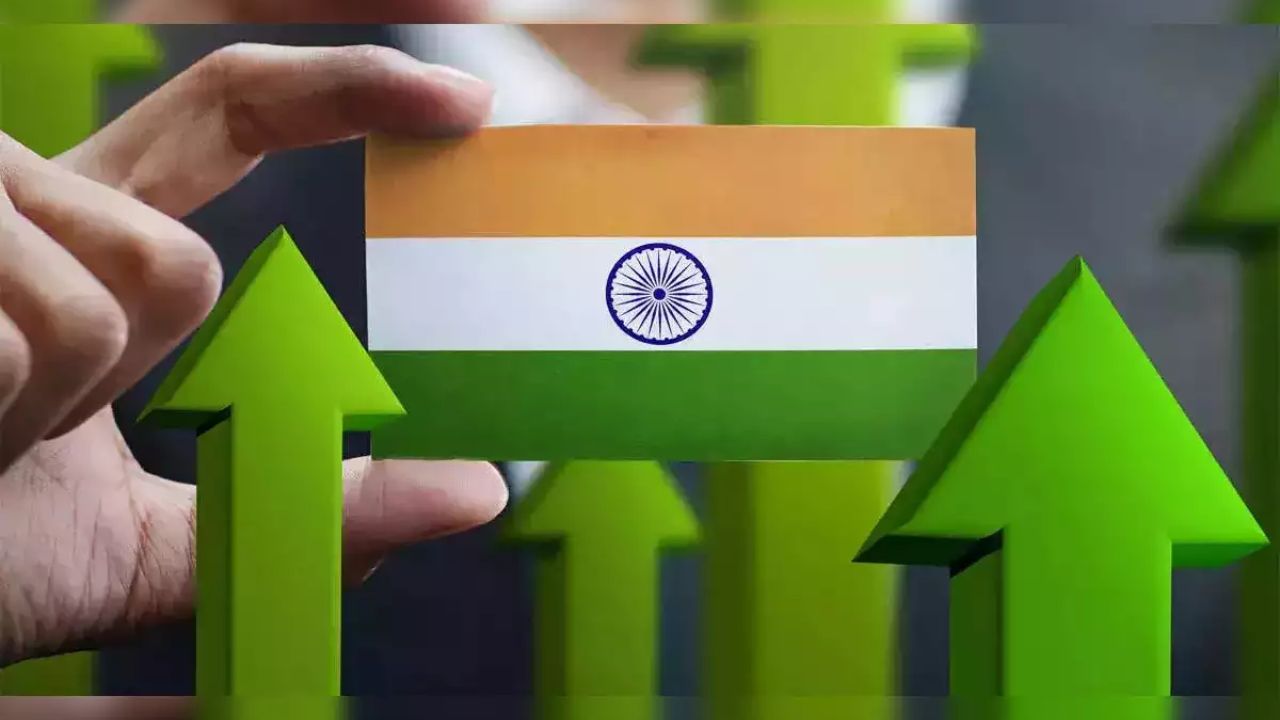India Set to Become Third-largest Economy by FY31, Says S&P Report
India is also predicted to be third-largest global economy in the coming fiscal year 2030–31 by S&P Global India. The country is expected to grow at a yearly growth rate of 6.7 per cent.

India Set to Become Third-largest Economy: India is also predicted to be third-largest global economy in the coming fiscal year 2030–31 by S&P Global India. The country is expected to grow at a yearly growth rate of 6.7 per cent.
India was the fastest-growing large economy as gross domestic product (GDP) growth was at the rate of 8 percent. 2 percent in the financial year,(FY) 2024 higher than the government forecast of 7percent. 3 per cent.
This research also added that India needs to build the infrastructures and geopolitics especially concerning with its long sea shore for the maximal trade profits. India’s trade is primarilyThomas relies heavily on sea borne transportation, where 90% of the total cargo, and hence increasing exports and bulk commodity imports require strong port facilities.
Abhishek Tomar, head, S&P Global India Leadership Council, and chief data officer for S&P Global Market Intelligence, said, "India's medium-term prospects are healthy and filled with opportunities in multiple sectors, including trade, agriculture, and AI, likely structural reforms, and growing energy demands. India is poised for growth, and with a young and dynamic workforce, it is well-positioned to shape the global economic landscape."
Data assembled by the World Bank and S&P Global from their latest version of the Container Port Performance Index 2023, tell us how only three Indian ports make it to the list of the top fifty.
Still, there was a worrisome disparity between the so-called ‘vertical’ or public sector port and the ‘horizontal’ or private port; while the Jawaharlal Nehru Port Trust in Mumbai, which was the largest government-owned port in India, was ranked only 96th in the A-lIST, the Mundra Port Terminal in Gujarat with privately operated ranked 27th.
Also Read: Sitharaman Introduces NPS Vatsalya: Pension Accounts for Children
But until a decade back it controlled about 75 percent of the overall container throughput with JNPT & Chennai Port leading the tally.
However, through the market orientation in the competitive environment, the volumes of the cargo have shifted to the private ports due to the bureaucratic constraints that are inherent in the government-owned ports regarding the pricing and investment in the port infrastructure as the research noted.
The Journal of Commerce of the S&P Global states that privately operated ports in Indian held 47% of the total cargo in FY24. According to the journal this reveals the growth of Adani Ports and Special Economic Zone Ltd.
Rahul Kapoor, vice president, global head of shipping analytics and research, stated, “India needs more ports. With big investments pouring into the sector, a balance needs to be struck while we discuss public and private ports.”
Also Read: Wickremesinghe Comments on Hasina Ouster: 'Focus on Normalcy in Bangladesh'
For breaking news and live news updates, like us on Facebook or follow us on Twitter and Instagram. Read more on Latest National News on The National Bulletin


